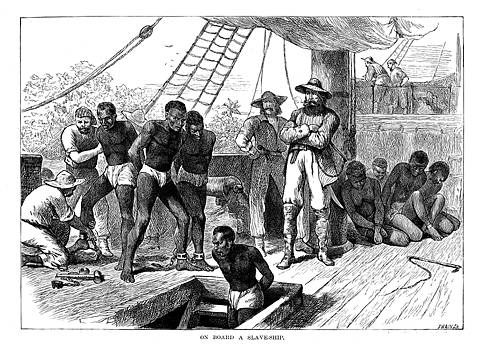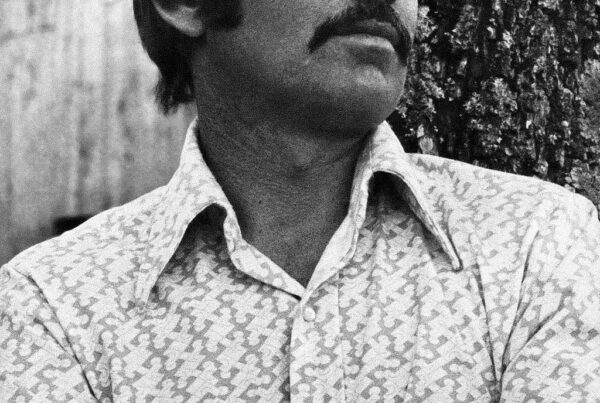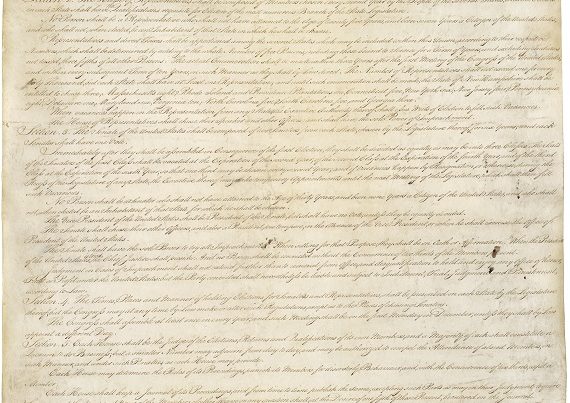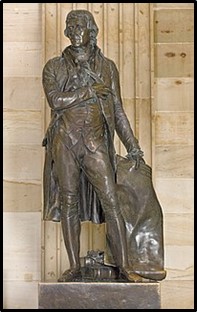New England Bound: Slavery and Colonization in Early America by Wendy Warren; ISBN: 978-0871406729, W.W.Norton, June 7, 2016, 368 pages.
Squanto the Indian came out of the woods in the spring of 1621, and taught the Pilgrims how to raise the crops of the New World, thereby saving their lives.
What is wrong with this picture?
The story is true, but how did Squanto know English so that he could relate this saving information to them? His history is an archetype for the treatment of American Indians by the first English to arrive in North America. In 1614 Squanto, along with some two dozen other Indians, was enslaved by one Thomas Hunt, a sea captain under Captain John Smith of Pocahontas fame, and sold in Spain. Somehow he escaped and as part of a plan to return home, made his way to England, where he learned English. There he became the slave of John Slaney, treasurer of the Newfoundland Company, a crown charter created for taking fish from those waters. He did nevertheless succeed in returning to New England (as his captors called it), only to find his village emptied by smallpox. Still he helped these deadly newcomers for motives unknown, perhaps out of being unable to support himself in no other way except as an interpreter. Governor William Bradford of Plymouth said of him:
Squanto continued with them and was their interpreter and was a special instrument sent of God for their good beyond their expectation. [p5]
Of this statement, Warren remarks with bitter irony: “The Christian God, Squanto might have thought, worked in mysterious ways.” [p6] More bitter still is the hypocrisy of these first Yankees, who called Thomas Hunt a “bad man,” and in the same century even passed laws against slavery, all the while turning a blind eye to its continued practice. [p44]
Warren’s book is about Northern slavery in the seventeenth century, specifically from 1638 to 1700. 1638 marks the first Yankee slave trading voyage on the ship Desire out of Salem, Massachusetts, taking “captive Indians to the West Indies for sale as slaves, returning with ‘some cotton and tobacco, and negroes, etc., from thence…’. ” [p7] 1700 is the date of The Selling of Joseph by Samuel Sewall, trumpeted as the “first American anti-slavery tract,” although this “tract” was a mere three pages, and ignored in practice in any case. [p221]
What is bitterly wonderful about these Pilgrims is their ability to salute themselves for virtuousness while pretending that slavery was not alien or offensive. Part of this trick was accomplished by simply avoiding the unpleasant word “slavery.” Slaves from the New World were called “Indians,” while the “salt water” slaves from Africa were called “negroes” (under a wild variety of spellings). Indians could be enslaved for breaking Pilgrim laws if they were unable to pay their fines in money – as if they had any. And the Body of Liberties of the Massachusetts Bay Colony expressly allowed slavery for war captives (for example, Indians who dared resist the theft of their land) and for “strangers.” [p34-5] Since “strangers” could only have meant “non-Pilgrims,” this very high-sounding constitutional “protection” was in fact a declaration of open season on those outside the New England covenant.
All of New England was a slave society, both in its use of slaves as household servants, and in its vigorous pursuit of the slave trade. Warren recounts the observation of a visitor to New England in 1687, who wrote:
[T]here is not a house in Boston, however small may be its means, that has not one or two [Negro slaves]. [p9]
Yankee historians who want to pretend that slavery was solely a Southern problem fall back on the claim that, yes, there may have been some slave trading, but slaves were a part of the family up North, engaged in pleasant domestic chores that were nothing like plantation slavery. This is the heart of historian Ira Berlin’s phony distinction between “a society with slaves” (always mild, and Northern) and “a slave society” (always evil, and Southern). Warren’s research digs out the voluminous accounts, mostly buried in law cases regarding slaves, that explode this claim, showing how New Englanders’ treatment of slaves, both Indian and Negro, was as brutal as anywhere. And chattel slavery increased throughout the century, because as the previously cited traveler noted, nearly all families owned one or two, and the number of New England families was increasing. [p75] Furthermore, these household slaves were not integral parts of the family. [p155] And how could they be? Their own families were routinely separated, and they were punished for both fornication and marriage! [p167]
Regarding the slave trade, Warren says:
By the 1680s, more than half of the ships anchored in Boston’s harbor on any given day were involved in the West Indian [slave] trade. [p11]
And:
[O]f colonial shipping trading to Barbados [part of the “triangular trade” in slaves, the third corner being the west coast of Africa] in 1686, 80 percent of tonnage was registered in New England, more than a third of it in Boston. [p77]
Now many have pointed to various statutes, ignored in practice, to the effect that New England was at heart opposed to slavery. Warren supplies the direct retort to that claim:
[D]id the New England colonists disapprove of slavery? The answer is a resounding no. [p31]
When New England states did get around to abolishing slavery, it was gradual, and in a special way, compensated. For example, in 1783, both Rhode Island and Connecticut enacted gradual emancipation so that more valuable slaves (young men) were held to longer terms before their release. And, although Warren does not point this out, it was the South that compensated Northern slave owners for their release of slaves. For these Northern slaves were often not emancipated by tender-hearted Yankees for a loss, but were merely “sent down the river,” sold to live the rest of their lives on Southern plantations. There’s your Yankee moral high ground for you.
Warren’s book has some quirks (“a optimistic view” on page 42; “a image” on page 76), ill-adapted King James quotations beginning each chapter, and some weird locutions (“at a bare minimum at least” on page 45; “metropole” instead of “international merchant” on page 57; “Archimedian displacement” instead of simply “displacement” on page 90; “pertinacy” instead of “pertinacity” on page 241; “in the America South” on page 251) – all curious in view of the citation of scores of names acknowledged as helpers in the creation of the book. But these are trifles. She has done a magnificent job of proving that there was not so much “a Southern slave problem” as “an American slave problem.”







